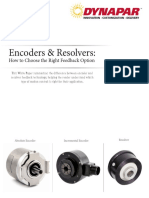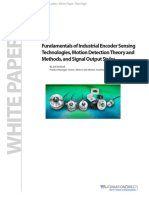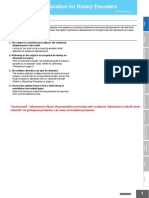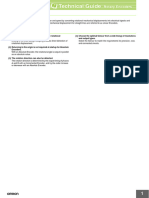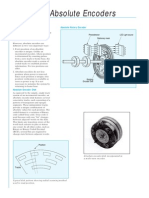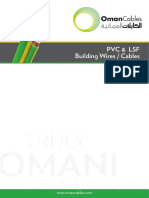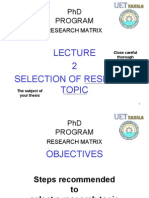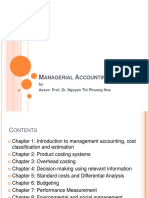0% found this document useful (0 votes)
285 views4 pagesEncoder Selection Guide
Single-turn encoders measure rotation within a single revolution and then repeat the output, while multi-turn encoders can measure both the degree of rotation within a revolution and the total number of revolutions. Single-turn encoders are suitable when measuring less than 360 degrees of rotation, while multi-turn encoders can track long linear or rotational motions. There are three main types of multi-turn encoder technologies: incremental encoders with an index channel, geared absolute encoders with two discs connected by gears, and Wiegand-sensor absolute encoders which are more compact with fewer mechanical parts.
Uploaded by
Mozhdeh HeydariCopyright
© © All Rights Reserved
We take content rights seriously. If you suspect this is your content, claim it here.
Available Formats
Download as PDF, TXT or read online on Scribd
0% found this document useful (0 votes)
285 views4 pagesEncoder Selection Guide
Single-turn encoders measure rotation within a single revolution and then repeat the output, while multi-turn encoders can measure both the degree of rotation within a revolution and the total number of revolutions. Single-turn encoders are suitable when measuring less than 360 degrees of rotation, while multi-turn encoders can track long linear or rotational motions. There are three main types of multi-turn encoder technologies: incremental encoders with an index channel, geared absolute encoders with two discs connected by gears, and Wiegand-sensor absolute encoders which are more compact with fewer mechanical parts.
Uploaded by
Mozhdeh HeydariCopyright
© © All Rights Reserved
We take content rights seriously. If you suspect this is your content, claim it here.
Available Formats
Download as PDF, TXT or read online on Scribd
/ 4




